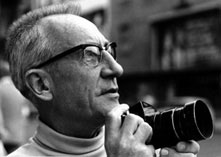Black and White (1933 - 1955)
Peter Cornelius was born on the 6th of June 1913 in Kiel. He was the son of a grammar school teacher and after completing his A-Levels in Kiel he studied engineering at the Technical College in Darmstadt. However, after a few terms - as he said himself - his love of painting, film and photography was stronger than his interest in technic.
At the age of twenty Peter Cornelius decided to buy a Leica being that since 1925 it's reputation as a compact camera had begun to win recognition. He went to Ferdinand Urbahns, a photographer from Kiel and worked as photojournalist for “Kiel's Newest News”. For a while his mentor was Dr. Paul Wolff, Leica's pioneer and of colour photos.
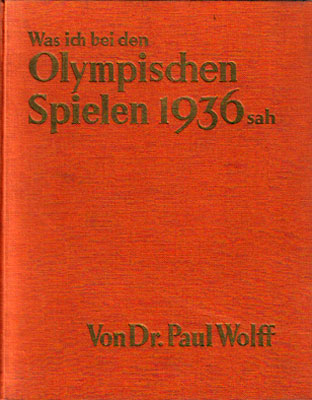
Photo Album by Dr. Paul Wolff
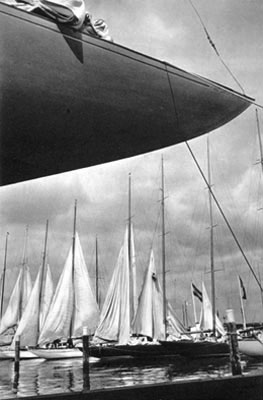
Photographs from Peter Cornelius, published in: “Was ich bei den Olympischen Spielen 1936 sah” (What I saw at the 1936 Olympic Games) by Dr. Paul Wolff, Kiel 1936
However, again and again it was -in his own words- voyages that provided him with relaxation and work from his heavy schedule in the five years between 1933 and 1938. These voyages on German ships for which no foreign currency was needed, there hadn't been any for German tourists since 1933, took him, amongst other places to England, Morocco and Norway before the war. He returned with photos from Spitsbergen and the Azores that drew a lot of attention. He also used his time as freelance photographer to extend his knowledge of painting, graphics and architecture.
Trained as a radio operator, Peter Cornelius served in a division news department during the war and as photographer for its headquarters. In a most adventurous way he managed to leave war captivity in Russia with his carefully looked after Leica. This enabled him to start working freelance again in Kiel with press and all round work in 1949 after an almost ten year work break. At this time his main subjects were architecture, industry, sailing photography and landscapes.
Paris in Colour (1956 - 1961)
From an early date the company Agfa (in those days, following Kodak, the largest producer of photo material worldwide) had become aware of Peter Cornelius and from 1954 onwards presented him regularly at the “Photokina”. At many exhibitions he was not only noticed because of the quality of his photos, but also because of his large format self-made prints. This led Agfa, in 1956, into giving him the assignment to test their totally new development, the CN17 colour film and it's laboratory development process onto paper pictures exclusively for the year before its introduction onto the market. This was the inducement for Peter Cornelius to single-mindedly pursue a new way, become experimental and an individual forerunner in the field of colour photography. In order to fully concentrate himself with his new media, from 1957 onwards, black and white photography was for him a thing of the past.
Taking three years, Peter Cornelius started compiling “Paris in Colour” in 1957. This was published in 1961 in Düsseldorf and Lausanne, in 1962 in London and it was the first book about Paris comprising only of colour photos taken by a single photographer. A part of photographic history following significant photographers such as Atget, Brassaï, Izis and Doisneau who had until then only taken wonderful pictures in black and white.
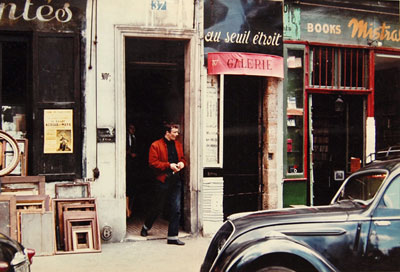
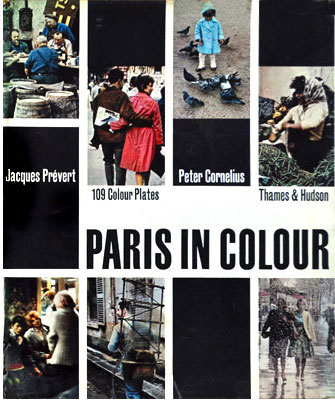
Still, for Peter Cornelius, it was a risky quest, deemed hardly possible in the face of such formative previous achievements but however fundamentally brought the German colour photographer international respect. Jacques Prévert – homme de letter - and internationally well-known – wrote a dedicated foreword for this unique publication.
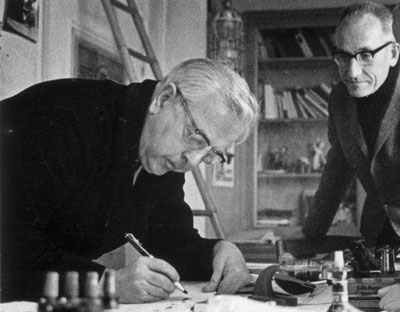
Jacques Prévert and Peter Cornelius
Awards
“It was the north German leading landscape photo journalist Hans Saebens from Worpswede who gave his vote in 1953 -after visiting a Cornelius exhibition in Kiel- that led to Peter Cornelius being appointed as the first photographer from Schleswig Holstein to be a full member of the Society German Photographers (GDL). The GDL, just as the German Society for Photography (DGPh), of which Peter Cornelius has also been a member since 1960 both count to exclusive corporations whose members are chosen only from the elite.
In the meantime Peter Cornelius has become very well-known due to his participation in exhibitions such as the roaming exhibition “Abstraction and Documents in Colour Photos” 1960/61 and his own exhibitions in Cologne (“photokina”), Hamburg, Berlin and Paris. At the international “photokina” Peter Cornelius was honoured with awards in 1960, 1966 und 1968.”
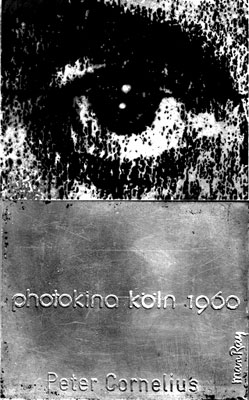
Winner of Man Ray's Photokina-Eye, Photokina Cologne 1960
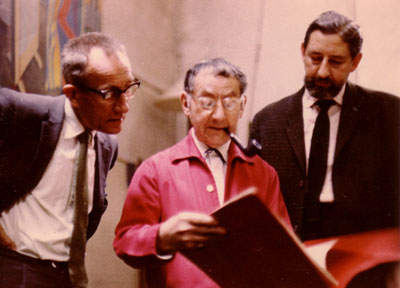
Peter Cornelius, Man Ray and L. Fritz Gruber, Paris 1963
In 1961, the same year in which the photo book “Paris in Colour” was published, Peter Cornelius was one of the seven chosen colour photographers to contribute to the sensational publication “The Magic With The Colour Camera” initiated by L. Fritz Gruber the organiser of “Photokina” and published by Dr. Walter Boje. For Walter Boje it was logical that Peter Cornelius would be one of the twelve German photographers in his German contribution to the “Picture History of Photography” by Peter Pollack, side by side with photographers of international recognition. “The Best Colour Photographs of the World” was a series of posters edited in Holland where Peter Cornelius is represented with his motive “Seagulls”.
The Ulm School of Design has employed Peter Cornelius since 1963 as guest lecturer for colour photography.
Kiel in Colour
Since the fifties there has hardly been any noteworthy photographic publication about Kiel or the Kieler Woche in which the name Peter Cornelius is not mentioned as photographer. This has definitely applied, wherever possible, since the beginning of the sixties where illustrations in academic magazines and books, colour illustrations have steadily been replacing black and white.
It was at this time that Peter Cornelius started working together with the public relations office in Kiel. Not only that his colour photos in the publications “Farbenfrohes Kiel” (Kiel in Colour, 1962), “Kieler Woche” (Kiel Week, 1965) “Farbiges Kiel” (Colourful Kiel, 1967) and “Olympia der Segler” (Sailors Olmpics, 1971) were stated and impressed upon by Karl Rickers in his epilogue, “he revalued Kiel by bringing a certain colour into this theoretically grey city.” He also understood how to inspire his, in the meantime, successful younger colleagues – Thomas Hoepker (1963), Horst H. Baumann (1964), and Jesper Høm (1965) to enthusiastically participate in projects concerning Kiel.
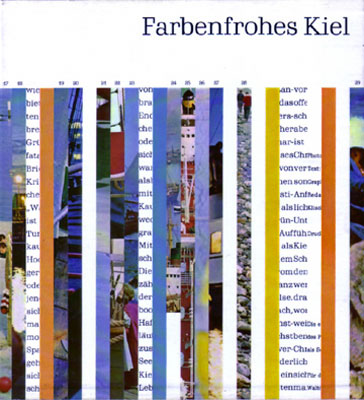
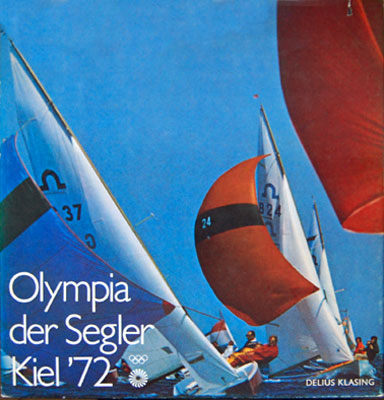
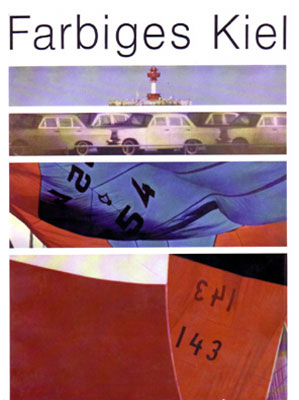
The Colour Photographer
Peter Cornelius, even though tempted by many possibilities remained in Kiel. He was again and again inspired and fascinated by the sailing atmosphere of the “Kiel Week”. Therefore, not by accident or randomly, his large calenders with colour snapshots of sailing boats are named “fascination”. Since 1967 they are printed yearly from the publishers of “Yacht”. Nevertheless, Peter Cornelius has always refused the be branded as a “sailing boat photographer” and one look through his life's portfolio proves him right.
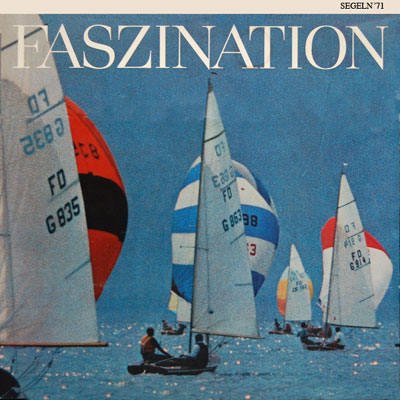
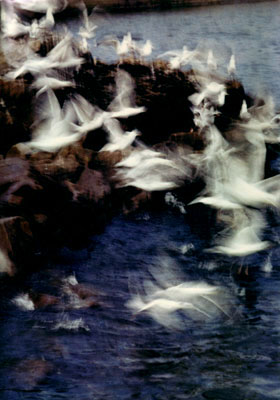
“Seagulls”, Bornholm 1964
Peter Cornelius was possessed from the doubled difficulty of a colour photographer's task. The goal he set himself was to capture: “the right colours at the right moment”. He was never concerned with a pure, apparently “right” picture of “reality”. He was interested in enhancing the colour sensibility of the inner eye and thus the enhancement of colour on the finished picture, how he saw it at the chosen moment. He scoffed at the ambition of many whose highest aim was the “elemental reproduction”. He always valuated the results of his patient and precise work in the darkroom with his subject only on his own reliable memories of colour and his fascination at that moment.
Peter Cornelius died on the 5th of September 1970 due to following injuries after a car crash on his way to Schilksee near Kiel. [...]
Jan S. Kunstreich, Kiel, 1970
